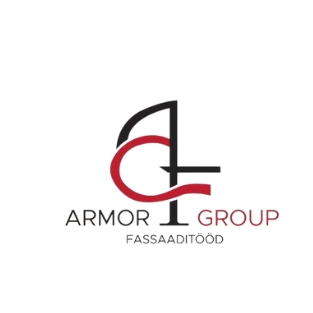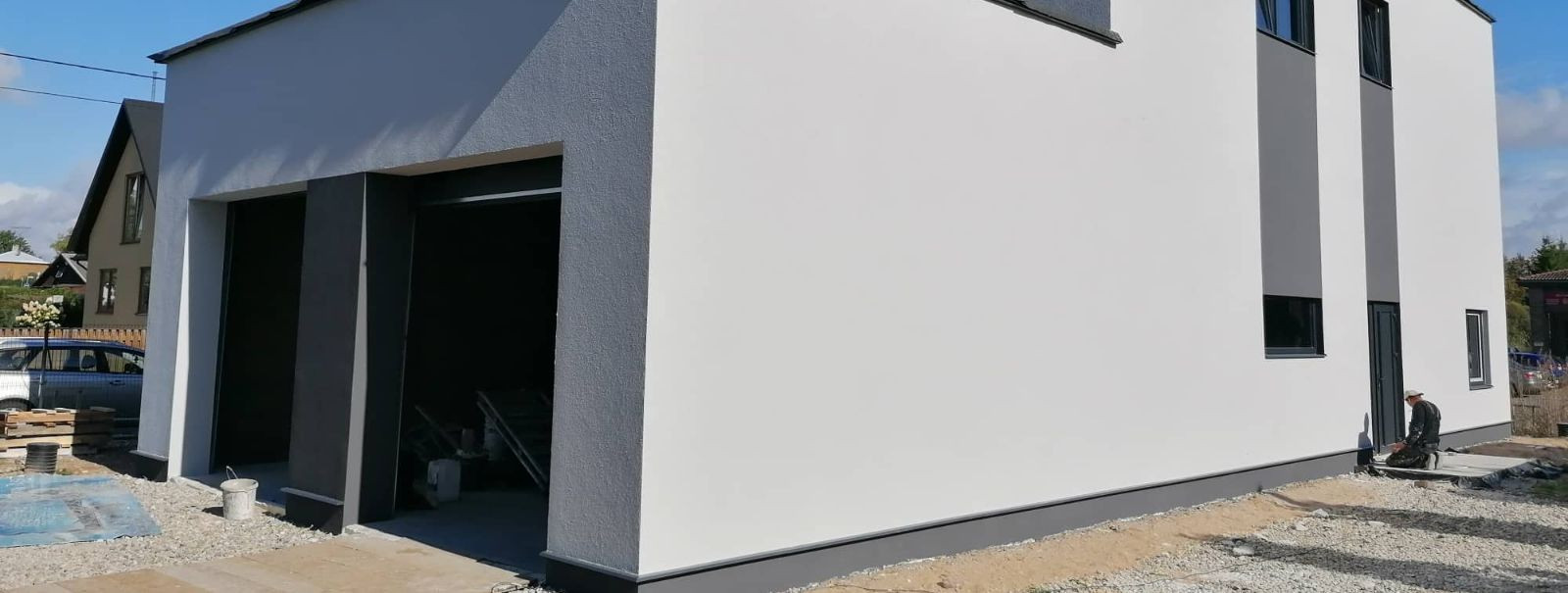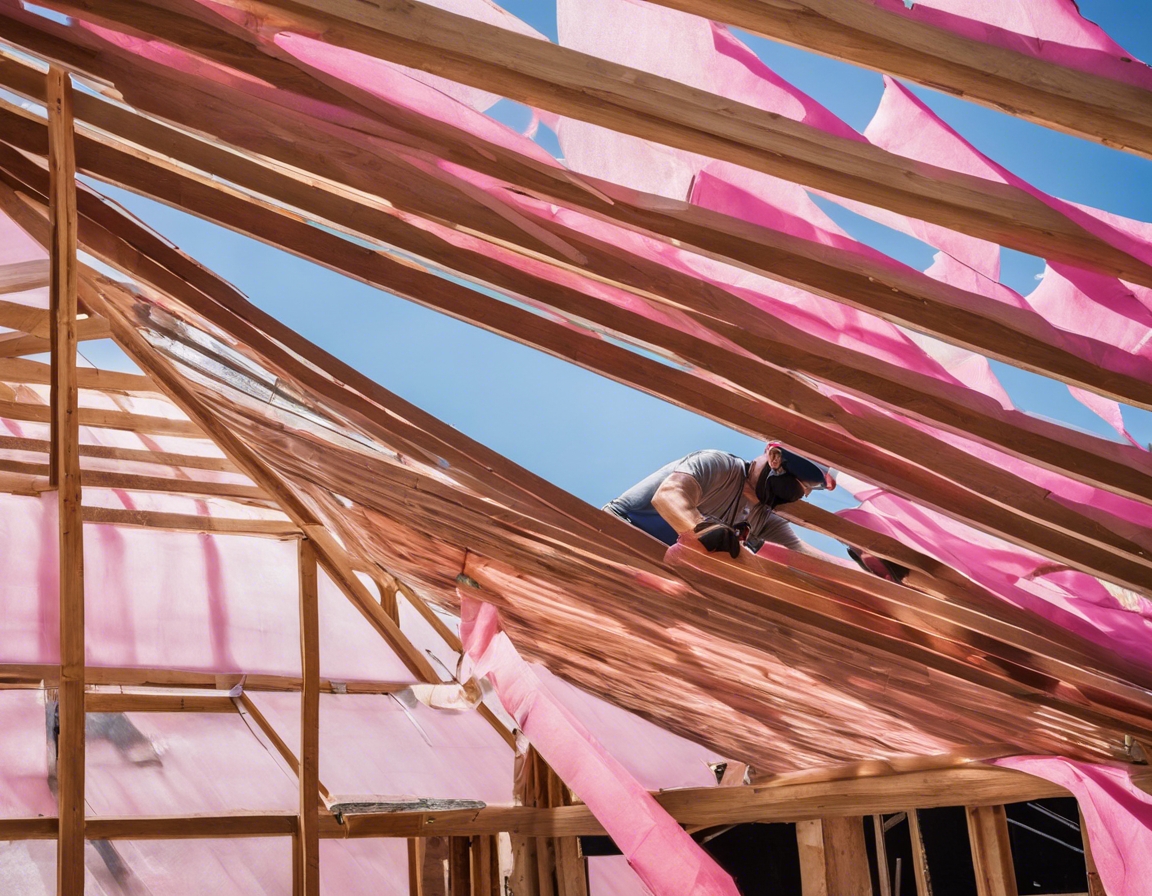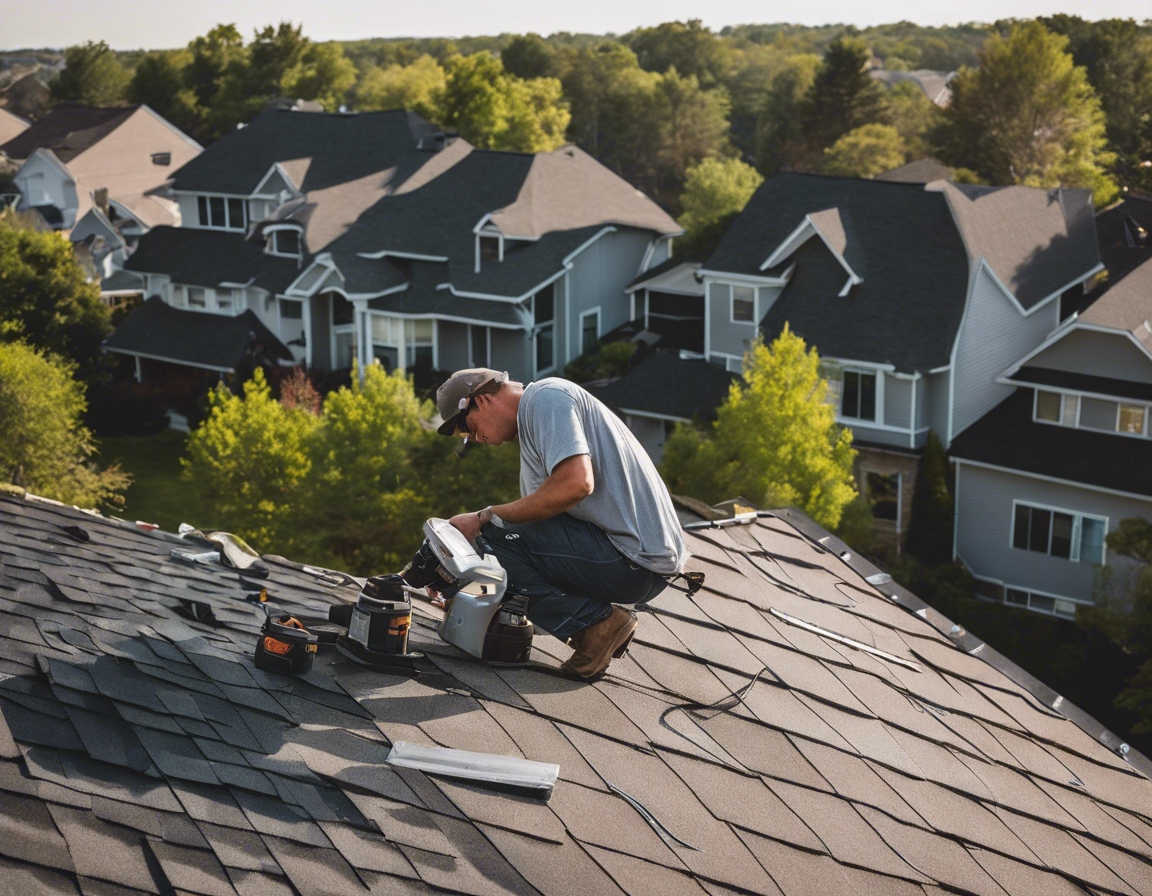5 signs your building needs a facade renovation
As a property owner, real estate developer, or construction contractor, you understand the importance of maintaining a building's facade. Not only does it contribute to the aesthetic appeal, but it also plays a crucial role in the structural integrity and energy efficiency of the property. ARMOR GROUP OÜ specializes in providing top-tier facade renovation services that ensure your building withstands the test of time and the harsh Estonian climate. Here are five signs that indicate your building may need a facade renovation.
Sign #1: Visible Damage and Deterioration
One of the most apparent signs that your building's facade needs attention is the presence of cracks and structural damage. These imperfections can be more than just unsightly; they can indicate deeper issues such as foundation settling or corrosion of reinforcement bars. It's essential to address these problems promptly to prevent further damage.
Water infiltration can lead to mold growth, interior damage, and a decrease in indoor air quality. Stains on the facade may also suggest that water is seeping through and causing damage. A renovation can address these issues by incorporating modern waterproofing techniques.
Spalling occurs when the concrete or brick on your building's facade begins to flake off, often due to water entry and the freeze-thaw cycle. Efflorescence, the white powdery substance on walls, is another sign of moisture issues. Both can be resolved with a facade renovation that includes proper sealing and drainage solutions.
Sign #2: Outdated Aesthetics
An outdated facade can diminish the overall look of your building, affecting its curb appeal and potentially its value. A renovation can modernize the appearance and attract tenants or customers.
For historical buildings, maintaining the original aesthetic is crucial. A specialized renovation can preserve the building's character while upgrading its functionality.
Sign #3: Poor Energy Efficiency
If you're experiencing high heating and cooling costs, it could be due to an inefficient facade. Upgrading to energy-efficient materials and insulation can significantly reduce these expenses.
Older buildings often lack the insulation and materials that meet today's energy standards. A facade renovation can incorporate advanced materials that improve thermal performance.
Sign #4: Safety Concerns
Loose or deteriorating facade elements pose a safety risk to pedestrians and property. Renovations can ensure that all components are secure and up to current safety standards.
Building codes evolve, and older facades may not comply with the latest regulations. A renovation can bring your building up to code and avoid potential legal issues.
Sign #5: Increase in Maintenance Costs
If you find yourself constantly repairing the facade, it may be more cost-effective to invest in a comprehensive renovation.
While the initial investment may be significant, a facade renovation can lead to long-term savings by reducing the need for frequent maintenance and lowering energy costs.






Comments (0)